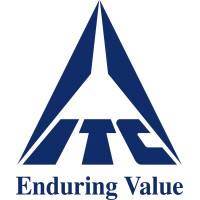
Tupy
Tupy is a Brazilian company specialized in developing and manufacturing highly-engineered structural cast iron components applied to complex metallurgical and geometrical components extensively used in capital goods that serve freight transport, construction industry, agriculture and many others industrial applications. These solutions contribute to the improvement of life standards such as, sanitation, drinking water, health, housing and the production and distribution of food. The technological innovation involved in our production and development processes is the company’s specialty that dates back more than 80 years. Tupy’s manufacturing facilities are located in Brazil and Mexico.






